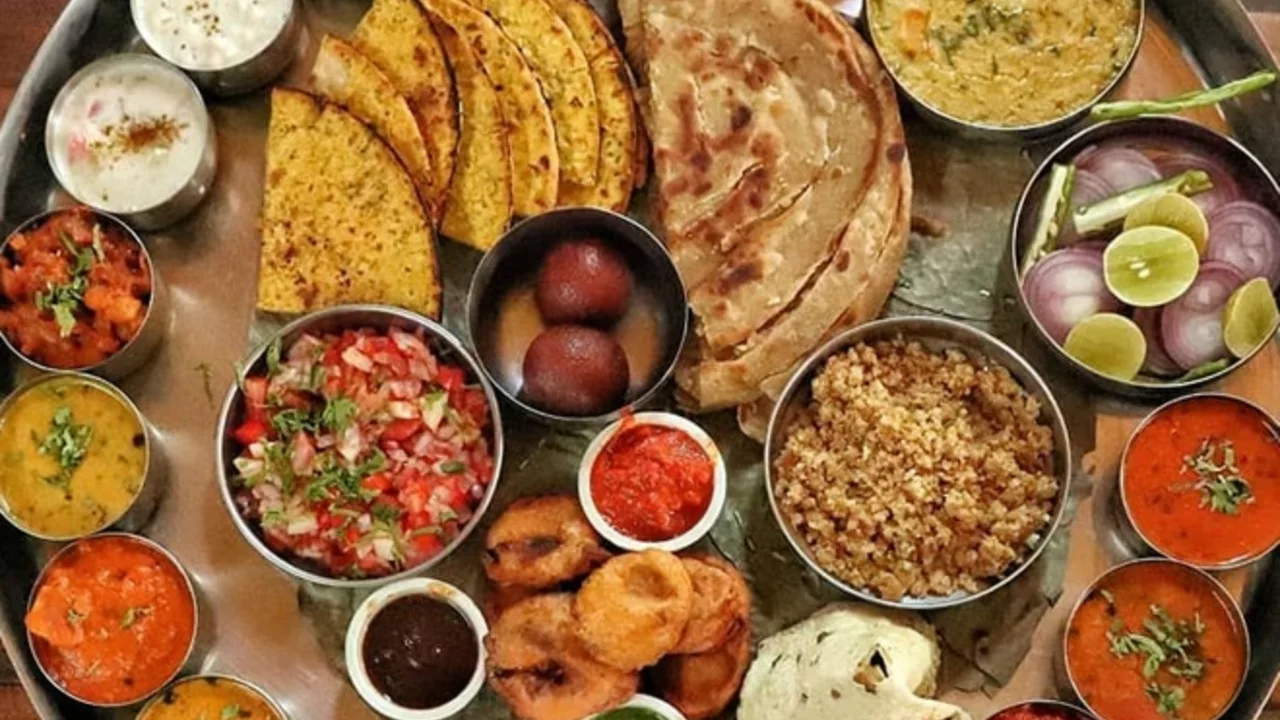 23
Jul,2023
23
Jul,2023
Mastering the Art of Using Spices
One of the most important elements of Indian cuisine is the use of spices. It's not just about the type of spices you use, but also the amount and the order in which they're added. First, it's necessary to have a basic spice box, or "masala dabba", containing seven essential spices: turmeric, cumin, coriander, mustard seeds, garam masala, red chili powder, and asafoetida. The trick to using spices is to add them at the right time. Whole spices are usually added first to hot oil or ghee, while ground spices are added later to prevent them from burning. Toasting spices before grinding them also enhances their flavor.
Perfecting the Rice
Indian meals are often incomplete without a serving of perfectly cooked rice. To ensure your rice is fluffy and not sticky, it's essential to rinse it thoroughly before cooking. This removes the excess starch and prevents the grains from clumping together. Another tip is to soak the rice for at least 30 minutes before cooking, which helps in even cooking and makes the grains longer and fluffier. Adding a few drops of lemon juice to the cooking water also prevents the rice from sticking together.
Creating Delicious Curries
Indian curries are renowned for their rich, deep flavors. The secret to a good curry lies in the base, which is usually a mixture of onions, tomatoes, and spices. The key is to cook this base until it's well caramelized, which could take up to 30 minutes. This slow cooking process helps to intensify the flavors and gives the curry its distinctive taste. Adding a dollop of yogurt or cream at the end of cooking also helps to balance out the spices and adds a creamy texture to the curry.
Understanding the Use of Dairy
Indian cuisine often incorporates dairy products such as ghee, yogurt, and cream. Ghee, or clarified butter, adds a nutty flavor to dishes and can be used for sautéing spices or as a finishing touch. Yogurt is used in marinades to tenderize meat and to add creaminess to curries. It's also used in making raita, a cooling side dish. Cream is added to certain dishes for richness and to mellow out the heat of the spices.
Getting the Perfect Naan Bread
Naan bread is a staple in many Indian meals, and getting it just right can be a bit of a challenge. One trick to achieving a soft and fluffy naan is to use yogurt and baking soda in the dough, which gives it a good rise. Also, rolling out the dough thinly ensures that the naan cooks evenly. To mimic the effect of a tandoor oven, you can cook the naan on a hot skillet and then finish it off directly on the flame for a charred effect.
Mastering the Art of Making Chutneys
Chutneys are an integral part of Indian cuisine, adding a burst of flavor to any meal. A typical Indian chutney combines sweet, sour, spicy, and savory elements, and the key is to balance these flavors. Fresh herbs, fruits, and spices are the main ingredients, and they're usually ground together until smooth. A dash of lemon juice or vinegar adds tanginess, while sugar or jaggery balances out the heat of the spices. For an authentic touch, temper the chutney with mustard seeds and curry leaves fried in hot oil.
Using Lentils in Your Cooking
Lentils are a staple in Indian cuisine, and they're used in a variety of dishes, from dals to desserts. To ensure your lentils cook evenly, it's important to rinse them thoroughly and soak them for at least an hour before cooking. Adding a pinch of turmeric to the cooking water not only enhances the color of the lentils, but also has health benefits. And remember, lentils thicken as they cool, so it's better to cook them to a slightly thinner consistency.
Creating Flavorful Biryani
Biryani is a one-pot dish that combines fragrant rice and spiced meat. The key to a good biryani lies in the layering. First, the meat is marinated with spices and partially cooked. Then, the rice is partially cooked separately. Finally, the two are layered together and cooked on low heat, allowing the flavors to meld together. Adding a pinch of saffron soaked in milk to the rice gives it a beautiful color and a distinctive aroma. And remember, always use basmati rice for the best results.
Perfecting Indian Desserts
Indian desserts are known for their rich flavors and sweetness. When making traditional desserts like gulab jamun or jalebi, it's important to get the sugar syrup right. The syrup should be of one-string consistency, which means that when you take a drop of syrup between your thumb and forefinger, it should form a single thread. Also, adding a little lemon juice to the syrup prevents it from crystallizing. When frying sweets, make sure the oil is at the right temperature. Too hot, and the sweets will brown quickly on the outside but remain uncooked inside. Too cool, and they will absorb too much oil.
Mastering Tandoori Cooking
Tandoori cooking refers to dishes cooked in a tandoor, a traditional Indian clay oven. While most of us don't have access to a tandoor, you can still recreate these flavors at home. One essential aspect of tandoori cooking is the marinade, which usually includes yogurt and a blend of spices. The acid in the yogurt helps to tenderize the meat and the spices give it a distinctive taste. Cooking tandoori dishes in a hot oven or on a grill can help to mimic the high heat of a tandoor and give your food the characteristic charred edges.




